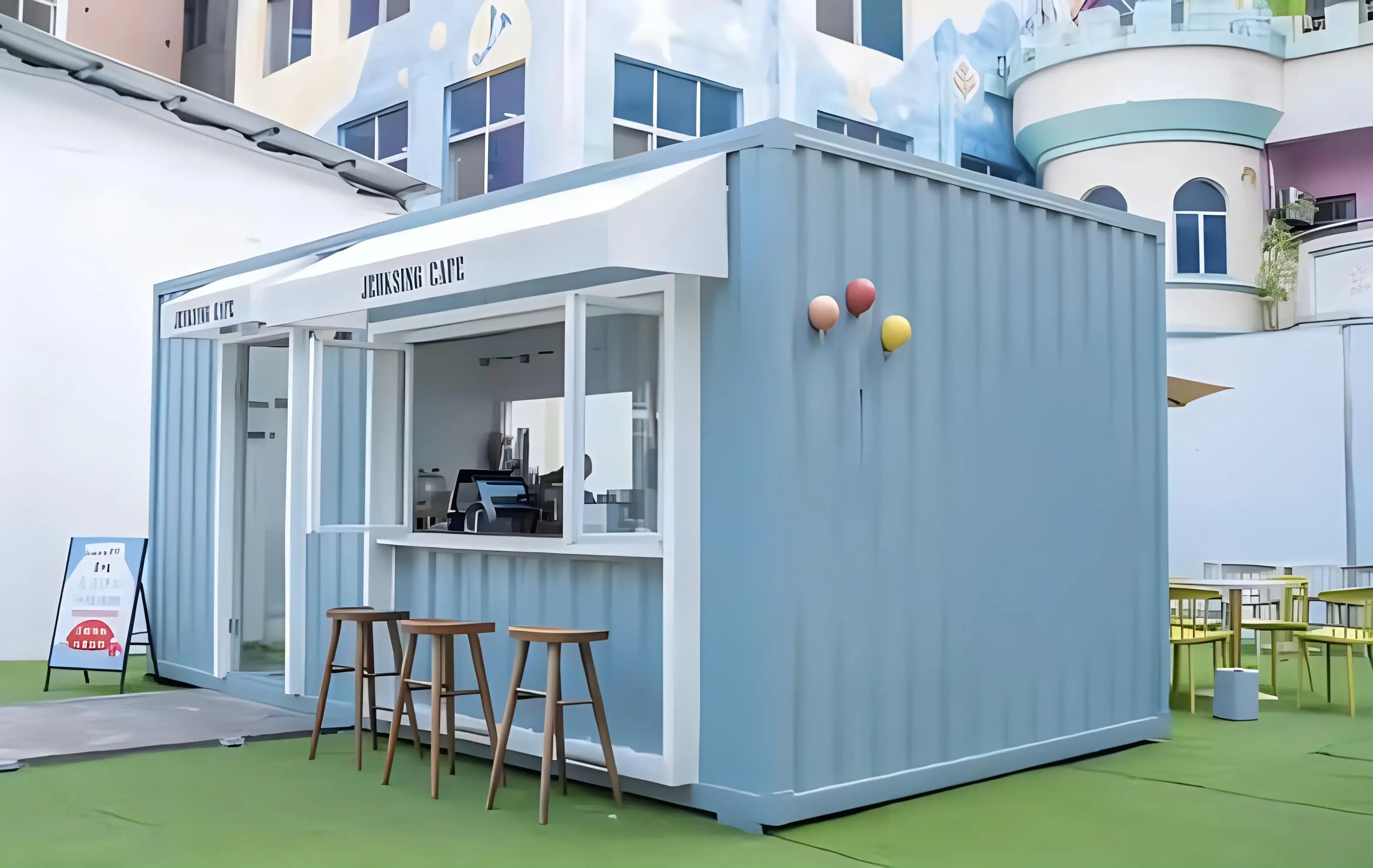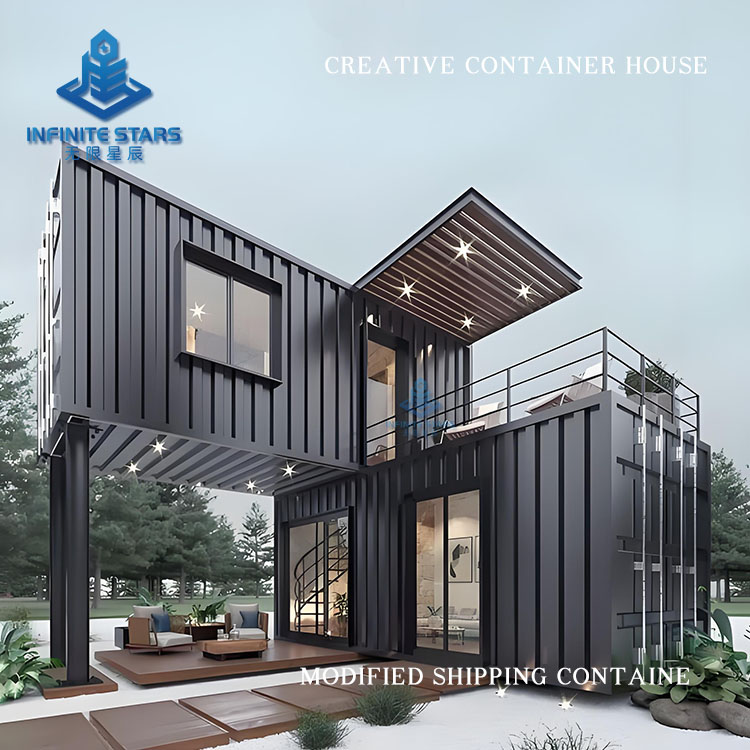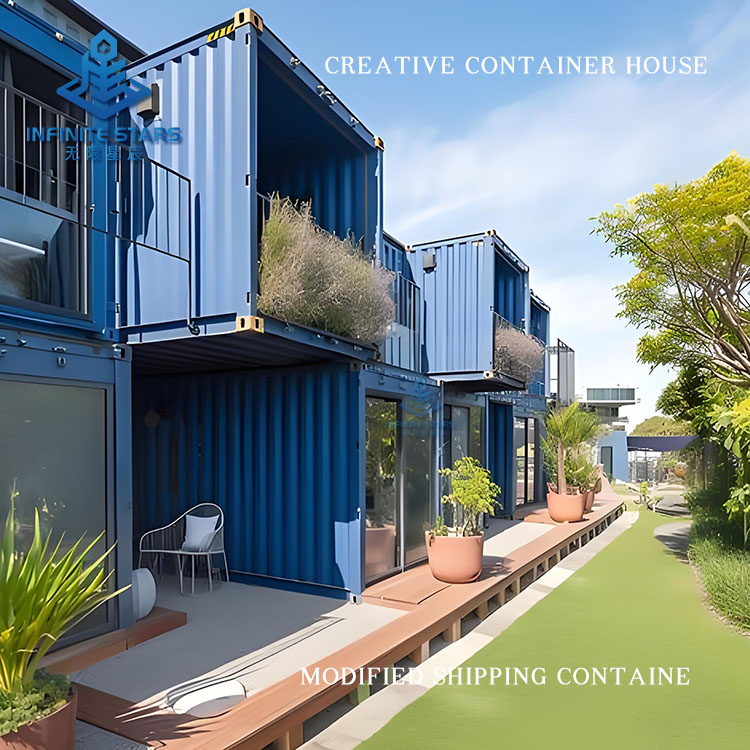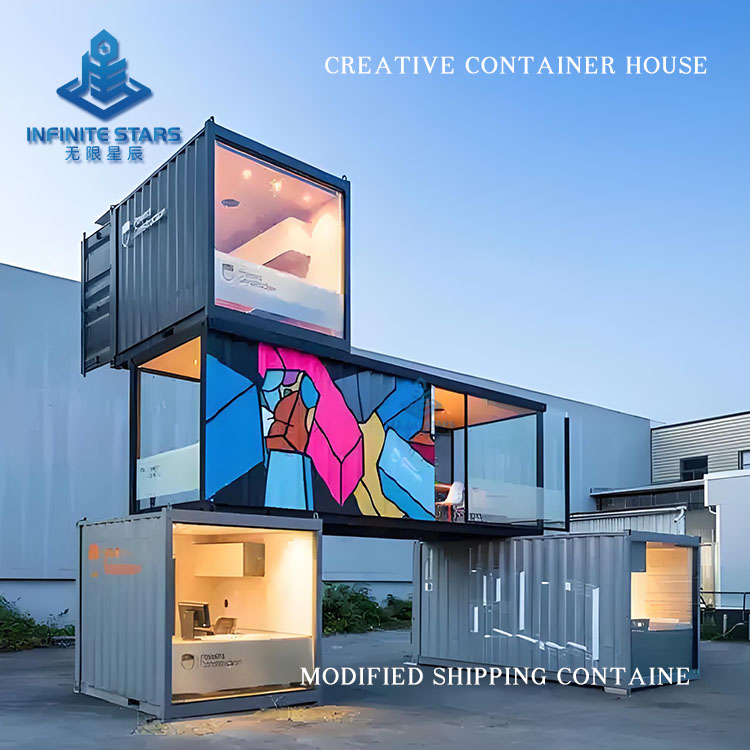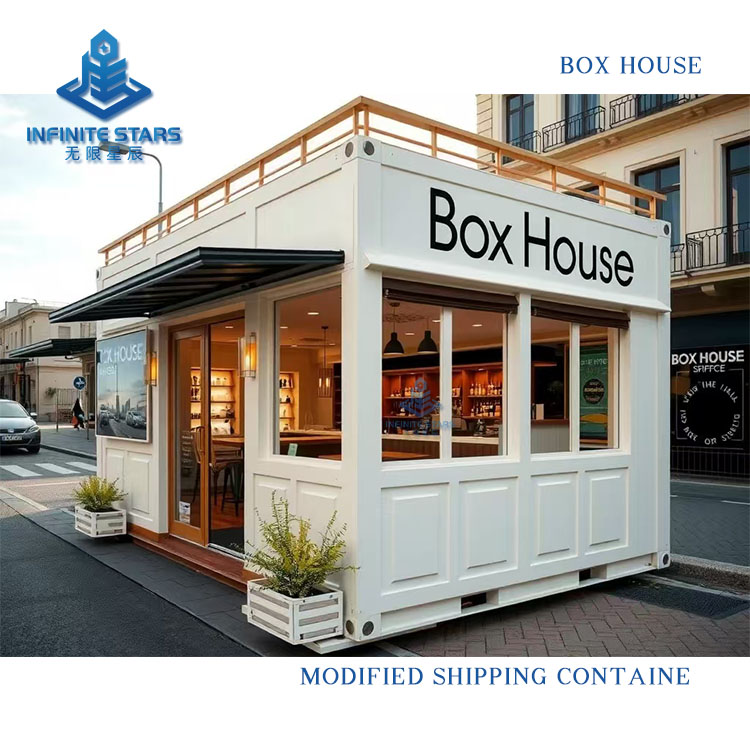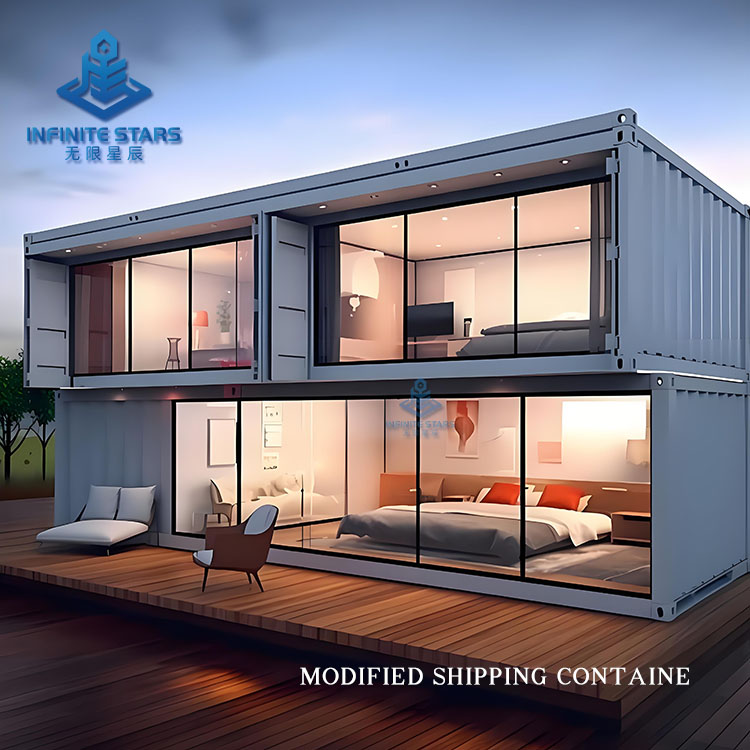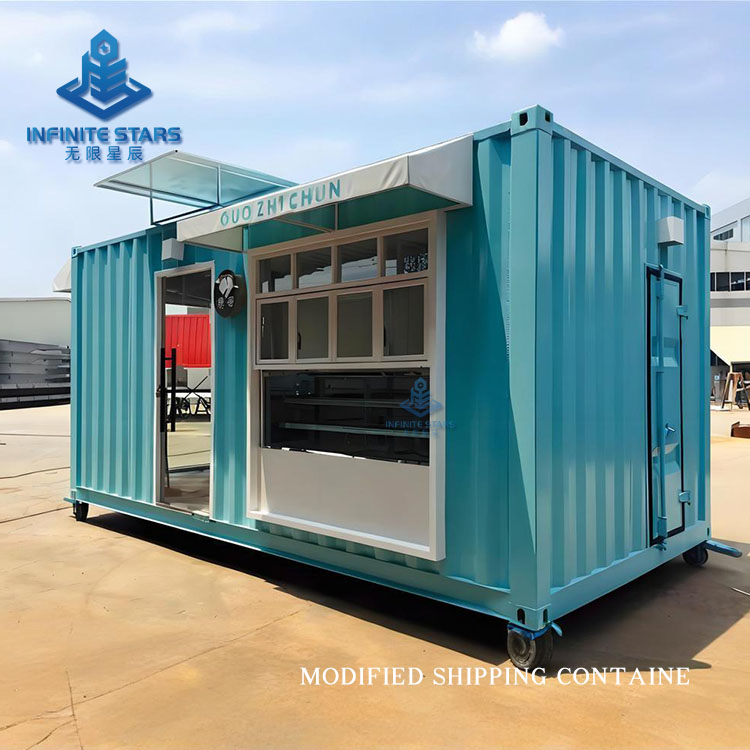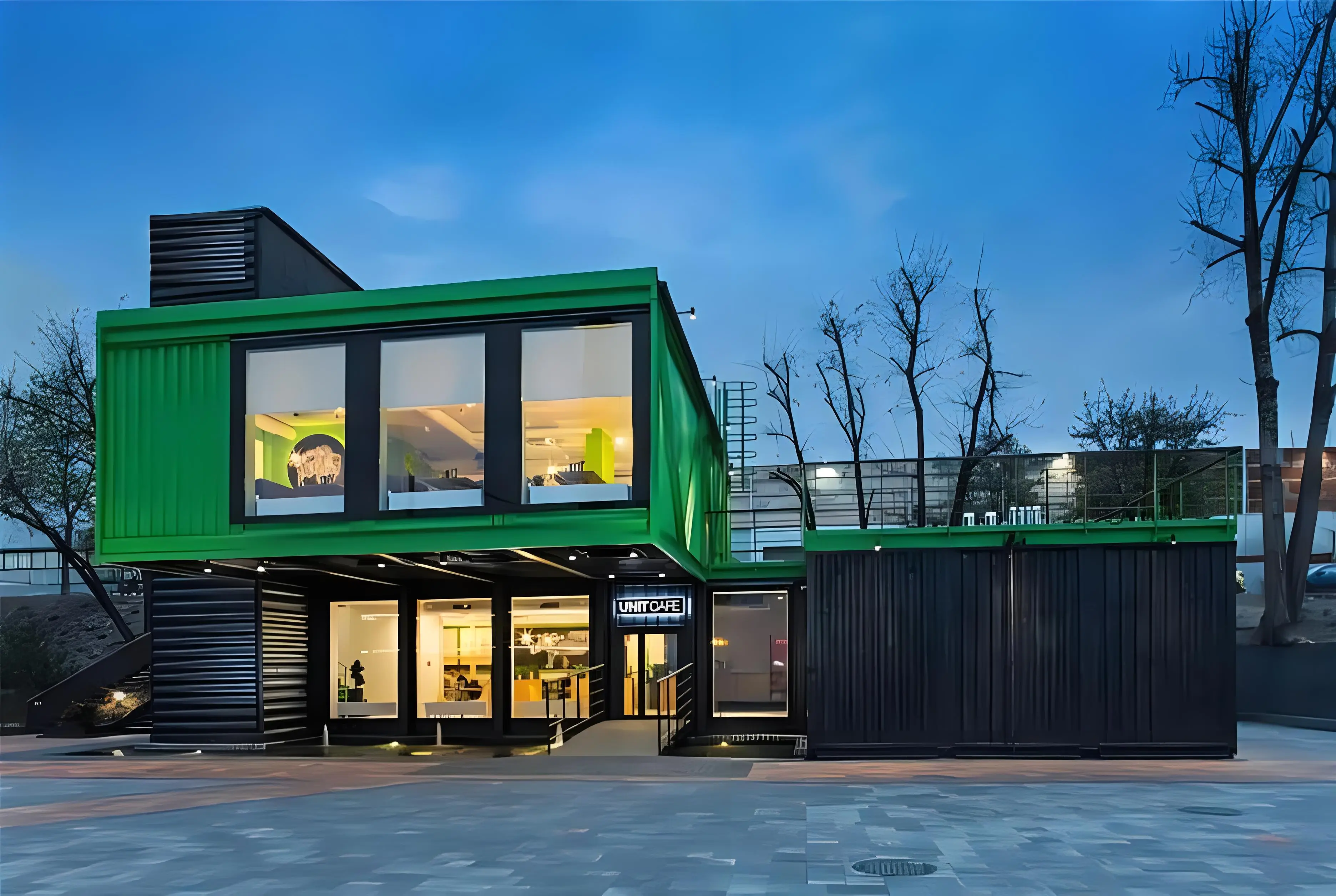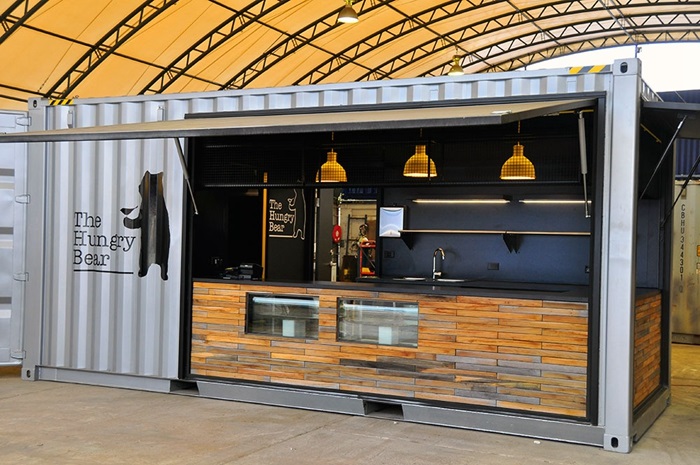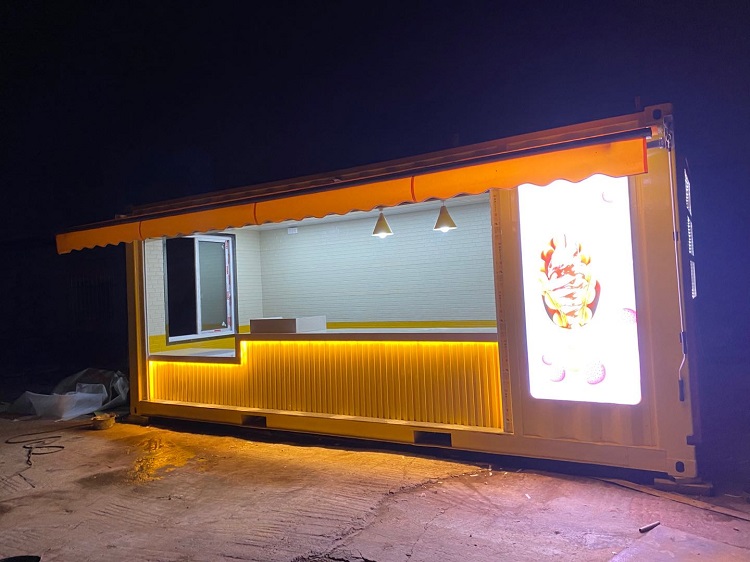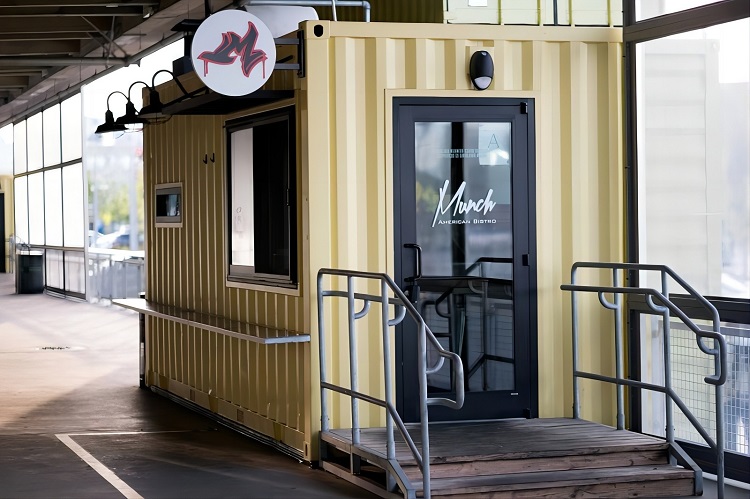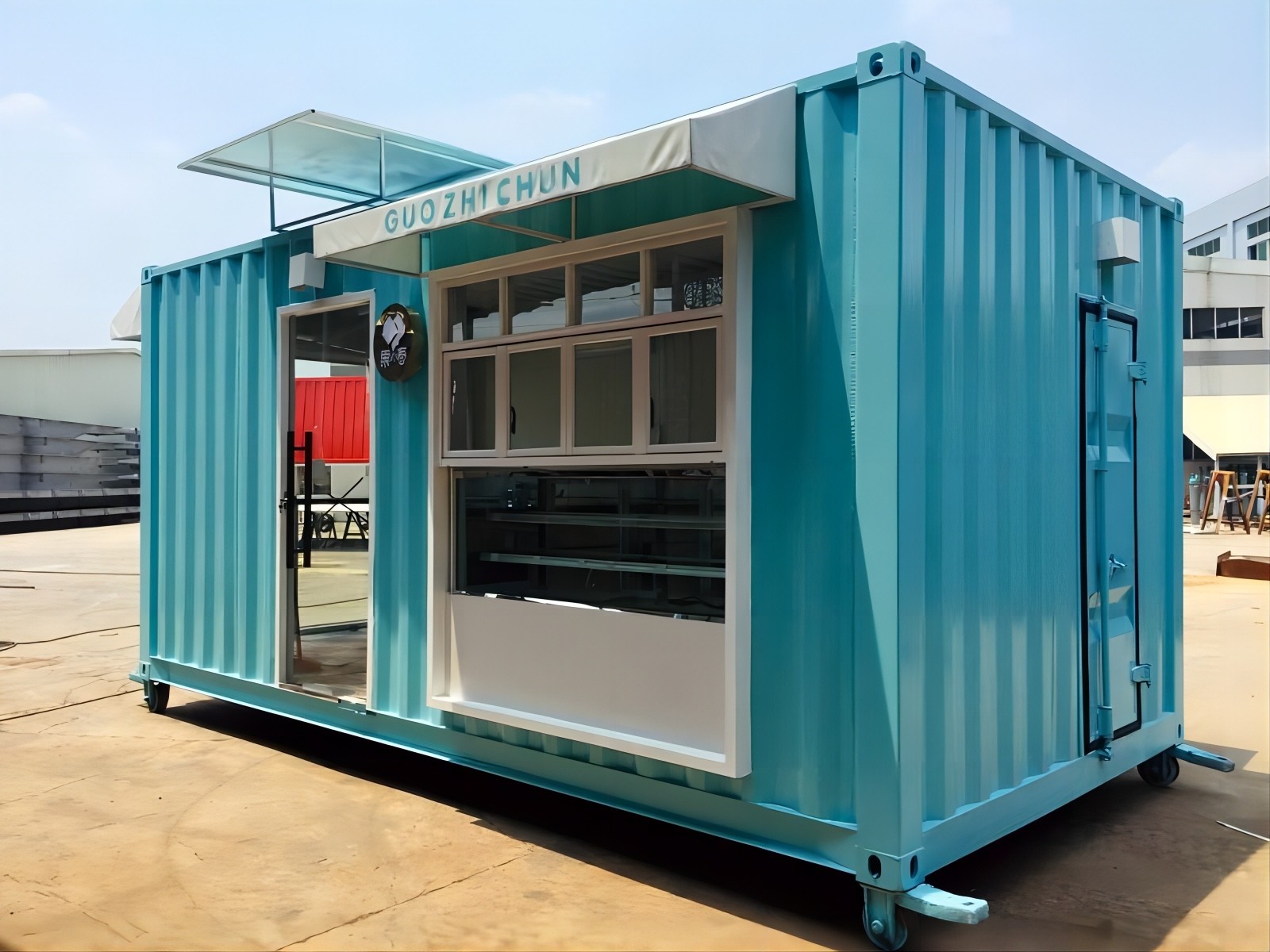
Introduction to Container Shops
Container shops are commercial spaces created by repurposing shipping containers. Known for their flexibility, low cost, and high visual appeal, they are widely used in retail, food & beverage, creative markets, and pop-up stores. Below are their key features and applications.
1. Core Advantages
① Flexibility & Convenience
Quick Installation: Prefabricated structures can be assembled within days, ideal for short-term events or temporary business needs.
Mobility: Easy to relocate, suitable for seasonal operations or projects without fixed locations.
Modular Configurations: Multiple containers can be stacked or combined to form multi-level spaces (e.g., two-story cafés, interconnected shops).
② Low Cost & Low Risk
Affordable Investment: Renovation costs per container are far lower than traditional storefronts, making them ideal for startups or small businesses.
Reduced Rent: Often placed in vacant lots, rooftops, or scenic area peripherals, lowering rental expenses.
③ High Visual Impact
Industrial Aesthetic: Exposed metal textures, graffiti art, and floor-to-ceiling windows attract younger crowds for social media sharing.
Customizable Exteriors: Flexible designs (e.g., green walls, neon signage) enhance brand identity.
2. Common Applications
① Food & Beverage
Trendy Snack Stalls: Bubble tea, burgers, or coffee stands with open serving windows and patio seating.
Mobile Bars/Kiosks: Fast food or drink outlets for music festivals, night markets, or temporary events.
② Retail & Creative Markets
Pop-up Stores: Limited-edition product launches or brand collaborations.
Artisan Hubs: Handicrafts, independent designer collectives, or boutique markets.
③ Services & Experiences
Beauty Studios: Compact nail salons or barbershops for community services.
Children’s Play Zones: Mini playgrounds or picture book cafes for family-friendly activities.
④ Special Scenarios
Tourism Support: Souvenir shops or snack bars at scenic spots.
Urban Renewal Projects: Creative commercial clusters in revitalized factories or docks.
3. Key Renovation Considerations
Space Optimization: Clever layouts for storage, display areas, or mezzanines.
Comfort Upgrades: Install AC, insulation, and ventilation to address temperature extremes.
Regulatory Compliance: Secure permits for utilities/fire safety; some cities require temporary structure approvals.
4. Success Stories
Shanghai’s "Container Starbucks": Industrial-chic design with glass walls became a social media hotspot.
Bangkok’s Artbox Market: A pop-up creative market built from containers, drawing global tourists.
Shenzhen’s G&G Creative Community: A revamped industrial zone with container-based dining and exhibition spaces.
5. Limitations
Space Constraints: Single units are compact (~12-30㎡), requiring streamlined offerings.
Weather Vulnerabilities: May need reinforcement for typhoons or heavy snow.
In Summary: Container shops thrive on low cost, rapid deployment, and strong branding potential, making them ideal for startups, short-term ventures, or unique commercial concepts. They inject vibrancy into urban business ecosystems as dynamic, adaptable solutions.

